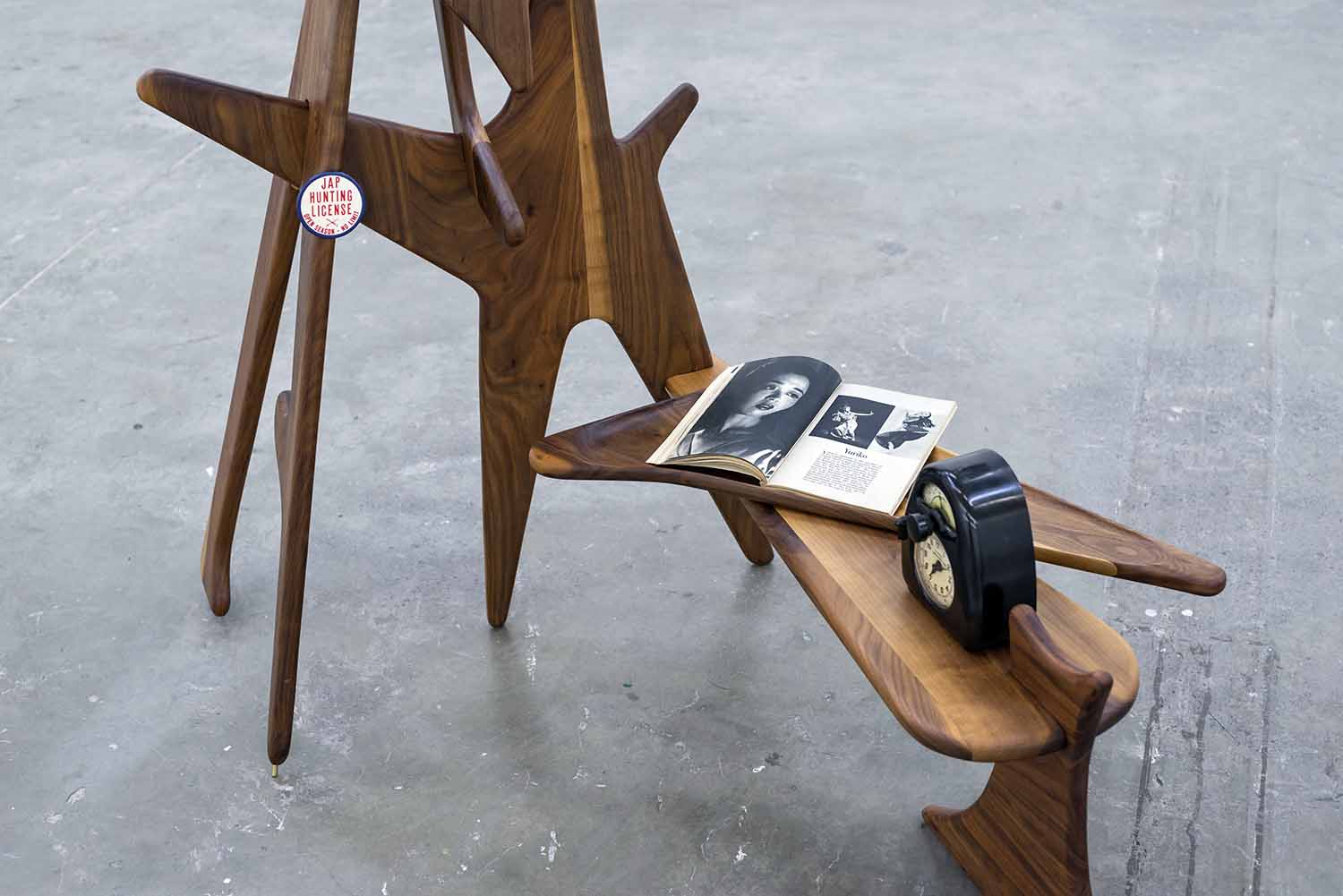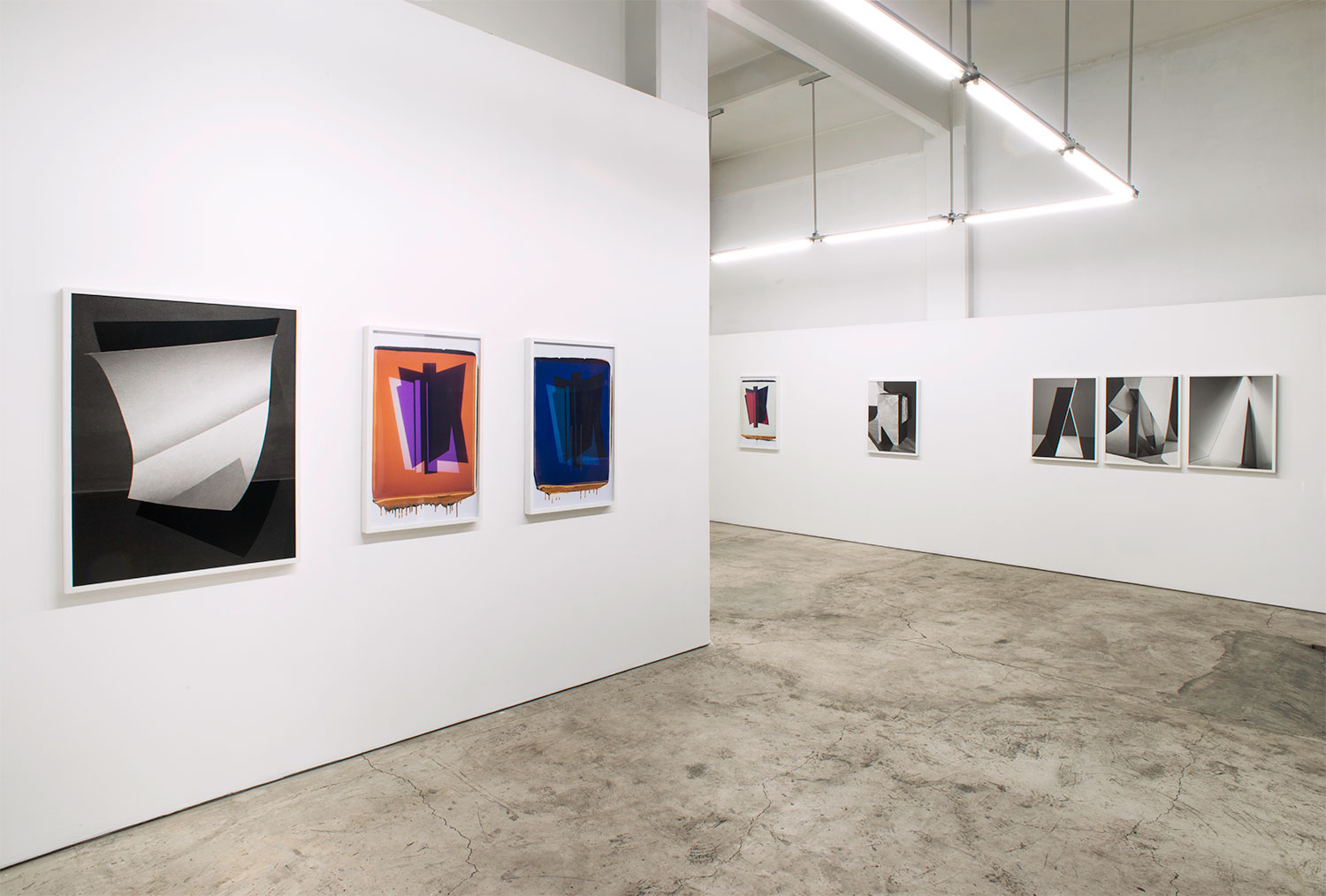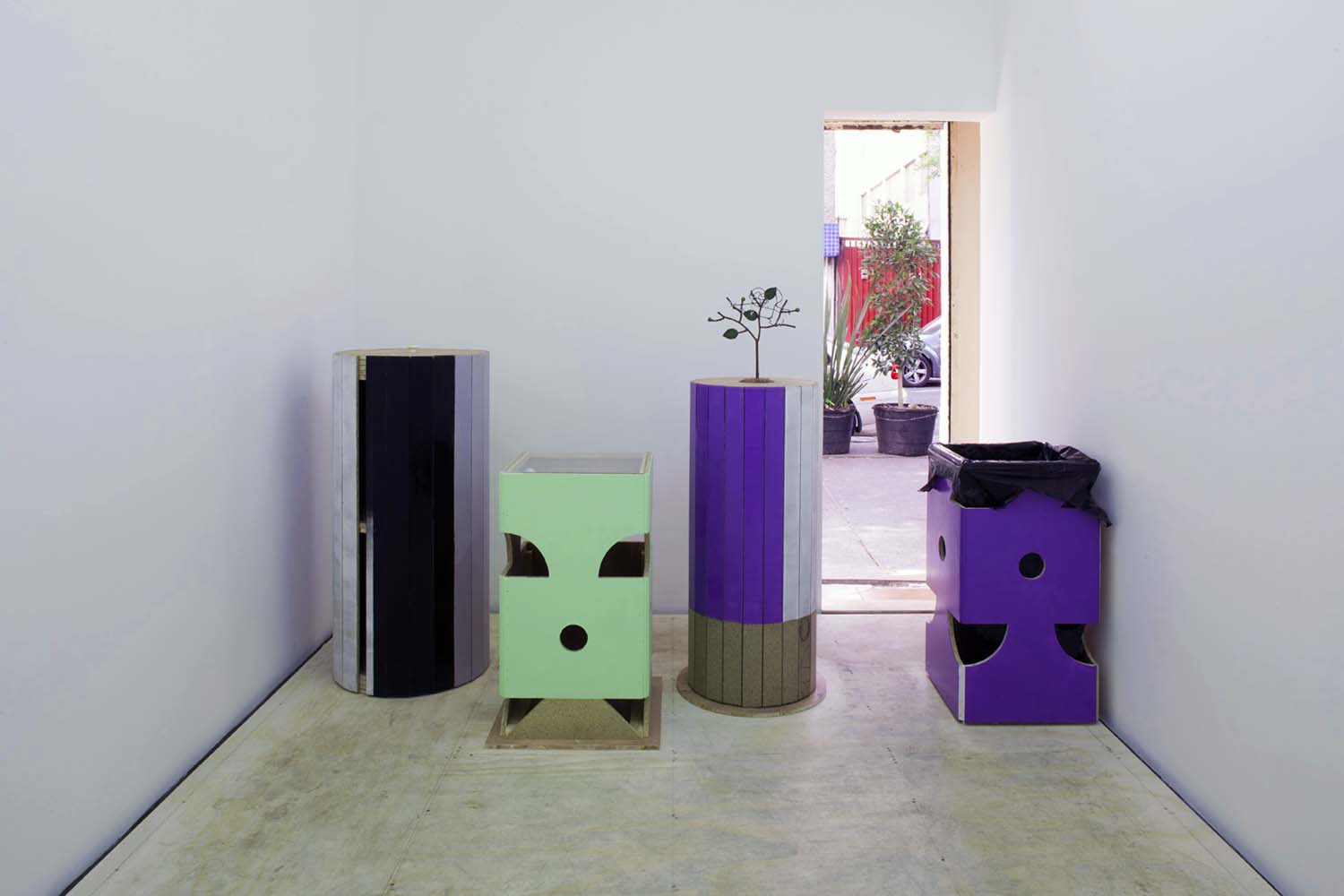In collaboration with the Galería de Arte Mexicano, Stefan Brüggemann presents an appropriation of ten of the thirty-nine light sculptures devoted to Vladimir Tatlin made by Dan Flavin between 1964 and 1990.
The ten works quoted by Stefan form a unit that subverts the original disposition of Flavin’s wall works by placing them on the ceiling of the room, as this action retrieves the utilitarian function of the fluorescent fixtures with which these sculptures were made.
Known for his critical appropriations of the aesthetic features of conceptual art, Brüggemann presents in this show, “Monument for the Ceiling,” a mixture of formal awareness of space and context with the critical and even subversive stance of historical appropriation art — like works by Sturtevant, Sherrie Levine and Jonathan Monk, as well as Tania Bruguera’s recent reintroduction of Duchamp’s Fountain to the Queens Museum’s bathroom. But in the case of a Mexican artist like Brüggemann, the approach has more specific and complex implications.
The notion that all decisive formal innovation comes from Europe and North America has been a particularly impenetrable prejudice for Mexico, largely because of the political influence and leftist social heritage of muralism and the Mexican School of Painting. It was not until the second half of the 1950s, with the outdated abstract paintings of La Generación de la Ruptura (The Rupture Generation), and the delayed response of Mexican kinetic art during the 1960s and 1970s, that local artists began a scabrous but constant observation of what was happening beyond Mexican borders. A first impulse was extended by Ulises Carrión’s activities in Holland and the artistic collectives from the 1970s and 1980s. Beside the international activities of Mexican galleries like OMR, the global role of Mexican art started in the nineties through El Taller de los Viernes (The Workshop of the Fridays) (1987–92) headed by Gabriel Orozco or independent artist spaces like Temístocles 44 (1993–95), La Panadería (1994–2002), Art Deposit (1996–97) or especially the Programa Art Center (2000–03), a space directed by Brüggemann and Iñaki Bonillas with the strong support of the Jumex Collection, which sponsored Jonathan Monk’s first solo show in Latin America.
Thus, Brüggemann belongs to a recent generation of Mexican artists for whom global contemporary art information is quotidian; but in this exhibition, he goes beyond the longing to create formal innovations — like those made by Lygia Clark or Hélio Oiticica — to show us rather the elemental way to achieve them through appropriation, adaptation and transformation of historical references and formal tools of art, principles that contribute to the emergence of a kind of “global economy of discursive processes of art.”
It is notable that in the actual context of economic crisis, the networked infrastructure of contemporary art has reached awesome levels of development; the diversity of artists, museums, art fairs, biennials and publications has established a global ecosystem deeply interconnected; the artists of post-peripheral scenarios like the Mexican scene have been incorporated in this network. This “eco-systematization” of the peripheral is rooted in knowledge production, like the elemental lesson provided in this show by Brüggemann, whose process makes us realize that art contributions can arise from anywhere in the world. In turn this reveals, surprisingly, that emerging art contexts need the first world as much as the first world needs them.




